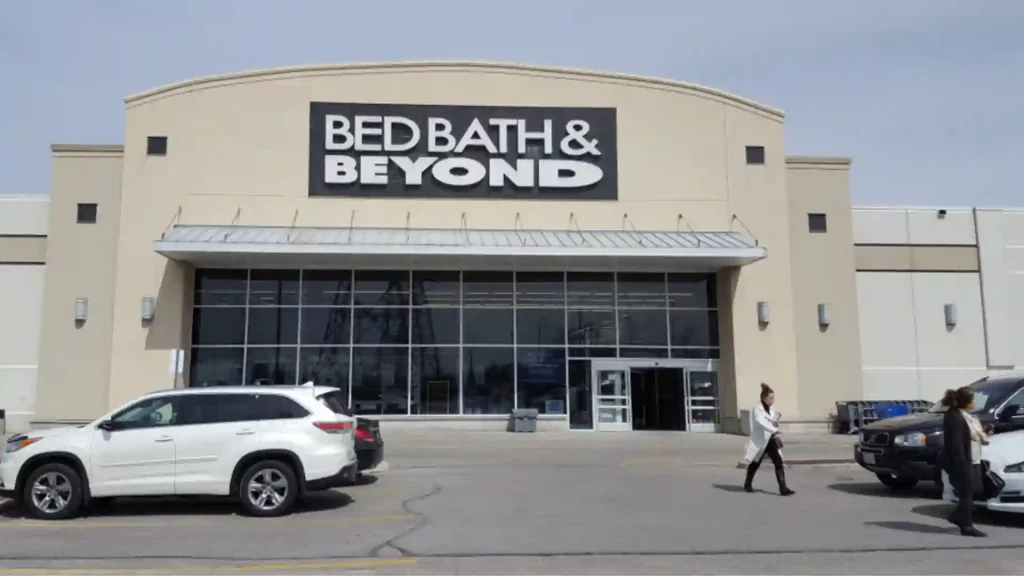Founded in 1971, Bed Bath & Beyond quickly grew to be a national behemoth, as it pioneered the superstore model in the USA.
Bed Bath & Beyond, once one of the leading retailers in the United States, filed for Chapter 11 bankruptcy protection on 23rd April after a long period of declining sales, liquidity crises, and high debt. Several recent attempts to change the company’s trajectory have failed, and the company has now begun a liquidation sale of all its inventory. Thousands of jobs across almost 500 locations are now at risk.
Once the leading home goods retailer in America, the store was known for its omnipresence across the country and its wide selection of products in every colour, style, and size imaginable. Founded in 1971, Bed Bath & Beyond quickly grew to be a national behemoth, as it pioneered the superstore model in the USA.
The superstore strategy, also known as ‘category killers’ and big-box store model, involved large physical venues which specialised in a specific category of goods, such as toys, furniture, or, as in the case of Bed Bath & Beyond, home goods, and toiletries. However, the superstore model has been failing with the rise of e-commerce, and Bed Bath & Beyond is just the latest casualty.
Though the company had made several attempts to turn the tide, such as leadership shuffles, restructurings, and diversification, all these eventually failed, and the company had to file for bankruptcy. The company will focus on repaying secured creditors, and most shareholders can be expected to be wiped out, with stock already down 88% this year.
The Brick & Mortar Apocalypse
Bed Bath & Beyond is just one of the many brick-and-mortar chains to flounder in recent years as online retail has become the dominant mode for consumers to buy products. Other brick-and-mortar chains that fell by the wayside include the once-hallowed names like JCPenney, Radio Shack, Sears, Olympia Sports, Guitar Center, Brooks Brothers, Hertz, Forever 21, Diesel, Remington, Toys R Us, American Apparel, and many, many more.
This mass erasure of some of the most famous brands of the last few decades is unprecedented in size and scope, and it seems that no one is safe. Most of these chains have instead been replaced by the Amazon monoculture, as customers increasingly prefer shopping online, a trend that has only grown since the COVID-19 pandemic. This mirrors the decline in other traditional commercial venues such as malls and cinema theatres.
While many lamented the decline of these iconic companies, saying that the new e-commerce culture isolates businesses from their communities, suppresses small businesses in favour of megacorporations, fuels an already hyper-consumerist society, and provides a lower quality of products and services, there are many who don’t see it as a bad thing.
Towards a New Retail Model?
Many economists consider these brick-and-mortar bankruptcies to be a very normal instance of ‘creative destruction’, an essential part of any competitive economy. Creative destruction, a theory popularised by Joseph Schumpeter, postulates that it is a good thing for businesses to go bankrupt, as this allows for the rise of new, more innovative businesses and drives productivity and efficiency growth. According to online retail proponents, e-commerce allows consumers more choices, lower prices, more accessibility, and a transparent marketplace.
While the respective advantages of online vs brick and mortar can be debated ad nauseum, it is clear that online shopping is here to stay and will only gain further ground at the expense of physical stores. While it is unlikely that brick-and-mortar will go completely out of fashion, it will certainly consolidate into a smaller number of venues with some kind of unique product differentiation.
The bankruptcy of Bed Bath & Beyond only underlines the fact that e-commerce is the biggest disruption to the retail sector since the rise of the megastore a hundred years ago and that in the coming few years, no business is safe. Entrepreneurs will have to adapt to this new age of one-day or even same-day delivery, ultra-thin margins, and massive economies of scale if they want to remain competitive in this new climate.
